The photographer’s new book with Loose Joints is in dialogue with his previous projects documenting migration
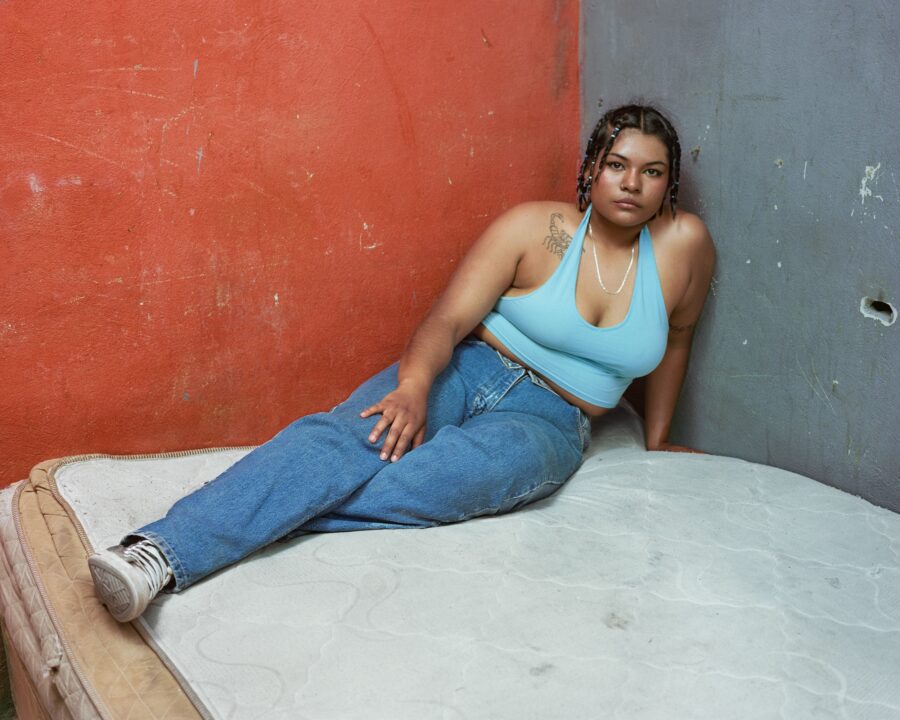

The photographer’s new book with Loose Joints is in dialogue with his previous projects documenting migration
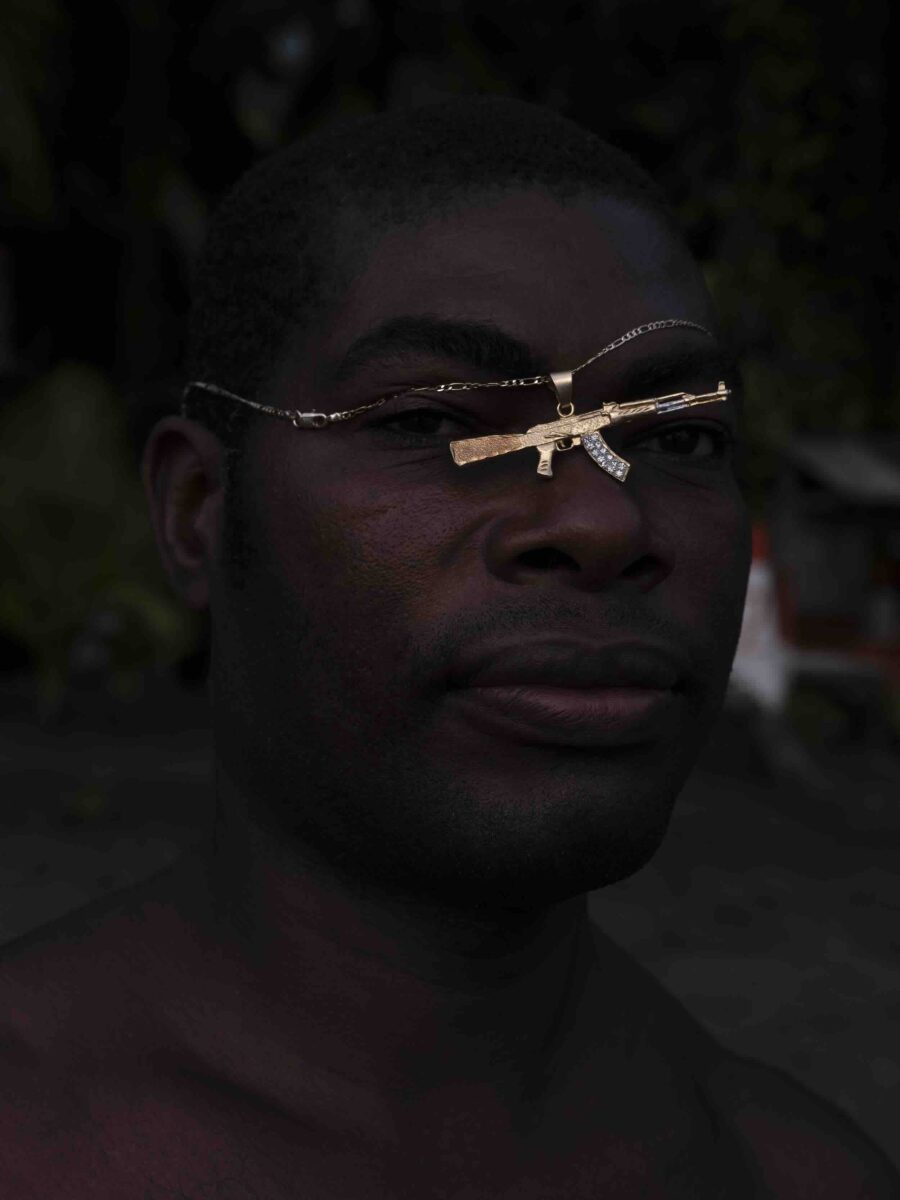
The photographer worked in collaboration with coastal communities in Colombia to advocate against the devastating effects of narcotics
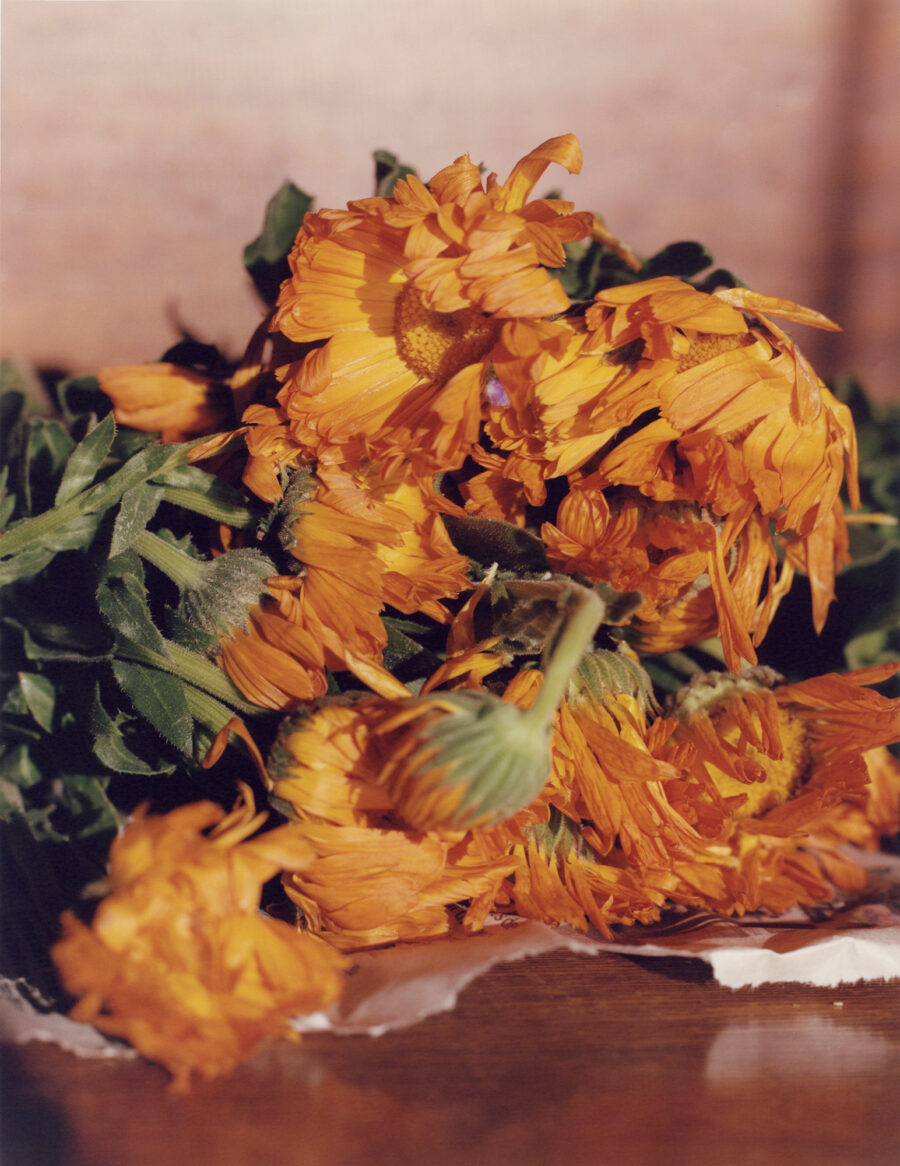
Working through the trauma of the asylum seeking process in the US, the photographer says he came to photography later than his peers and uses it as a mechanism to heal intergenerational migratory disruptions
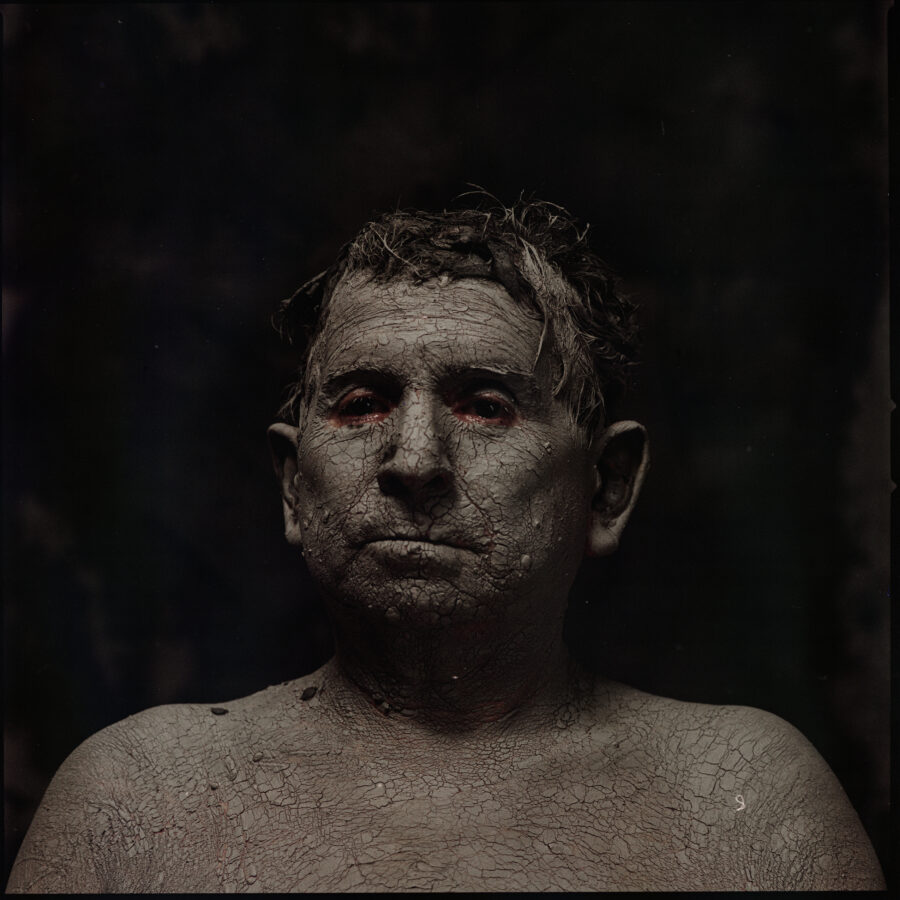
Carlos Saavedra’s combination of archival, documentary and staged images respond to a fatal volcanic eruption which could’ve been anticipated
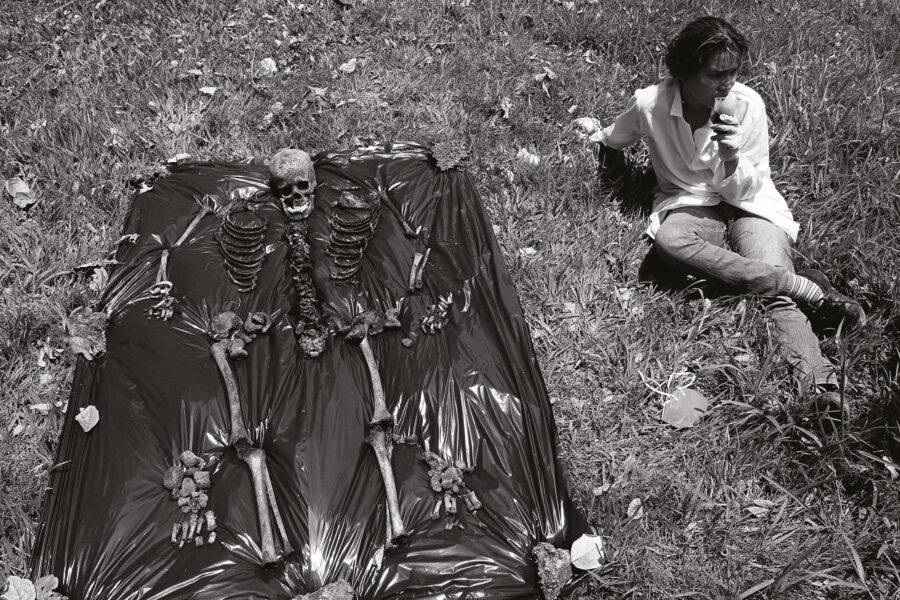
The veteran photojournalist has captured the wonders and horrors of his native Medellín for over 40 years. Looking back on his archive, he reflects on documenting the loss and conflict that continue to haunt the Colombian city
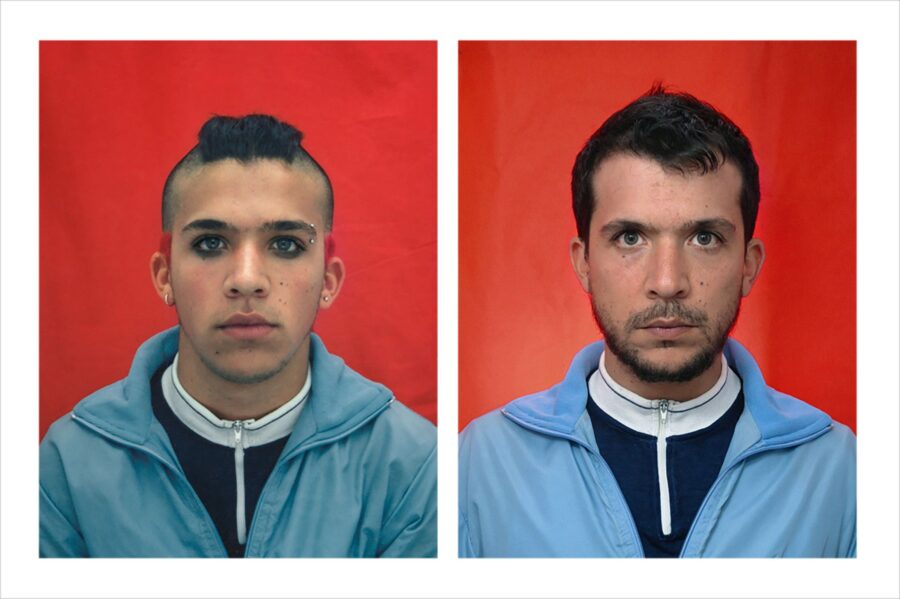
Identidad Perdida [‘Lost Identity’] is a new show devoted to Colombian artist Juan Pablo Echeverri, co-curated by Wolfgang Tillmans
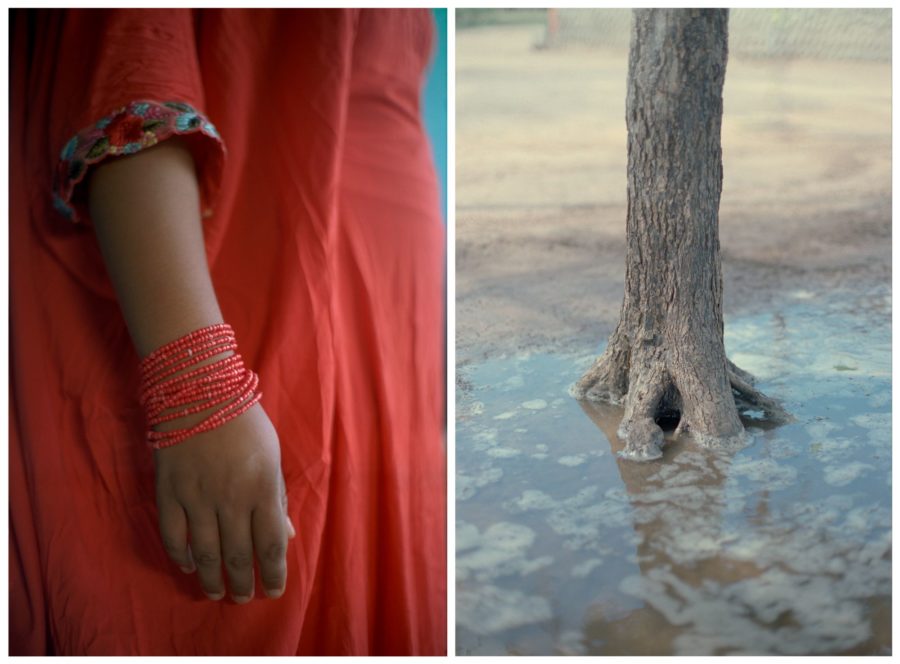
Commissioned by WaterAid and 1854/British Journal of Photography as part of the WaterAid Climate Commission, the storytelling duo blend their distinct styles to create a nuanced portrait of the situation
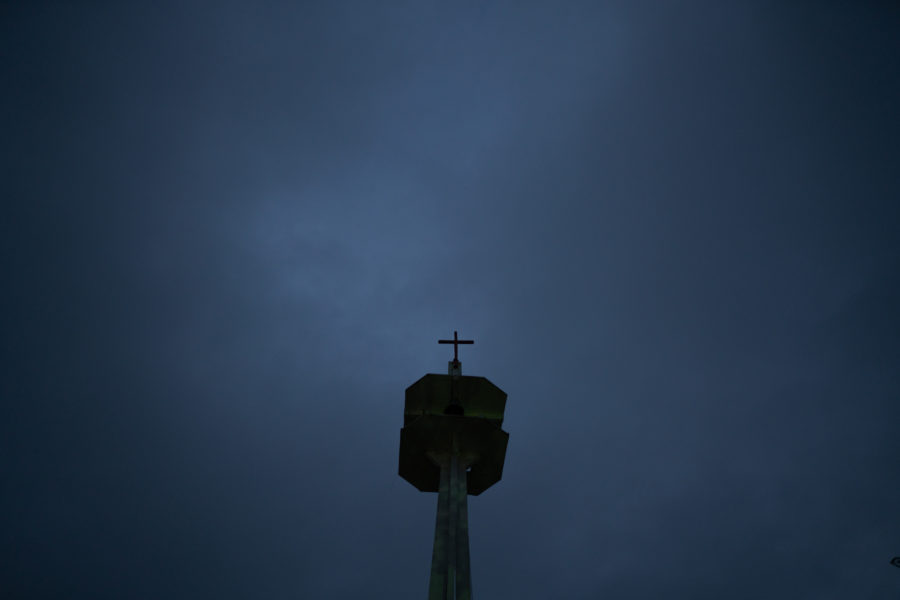
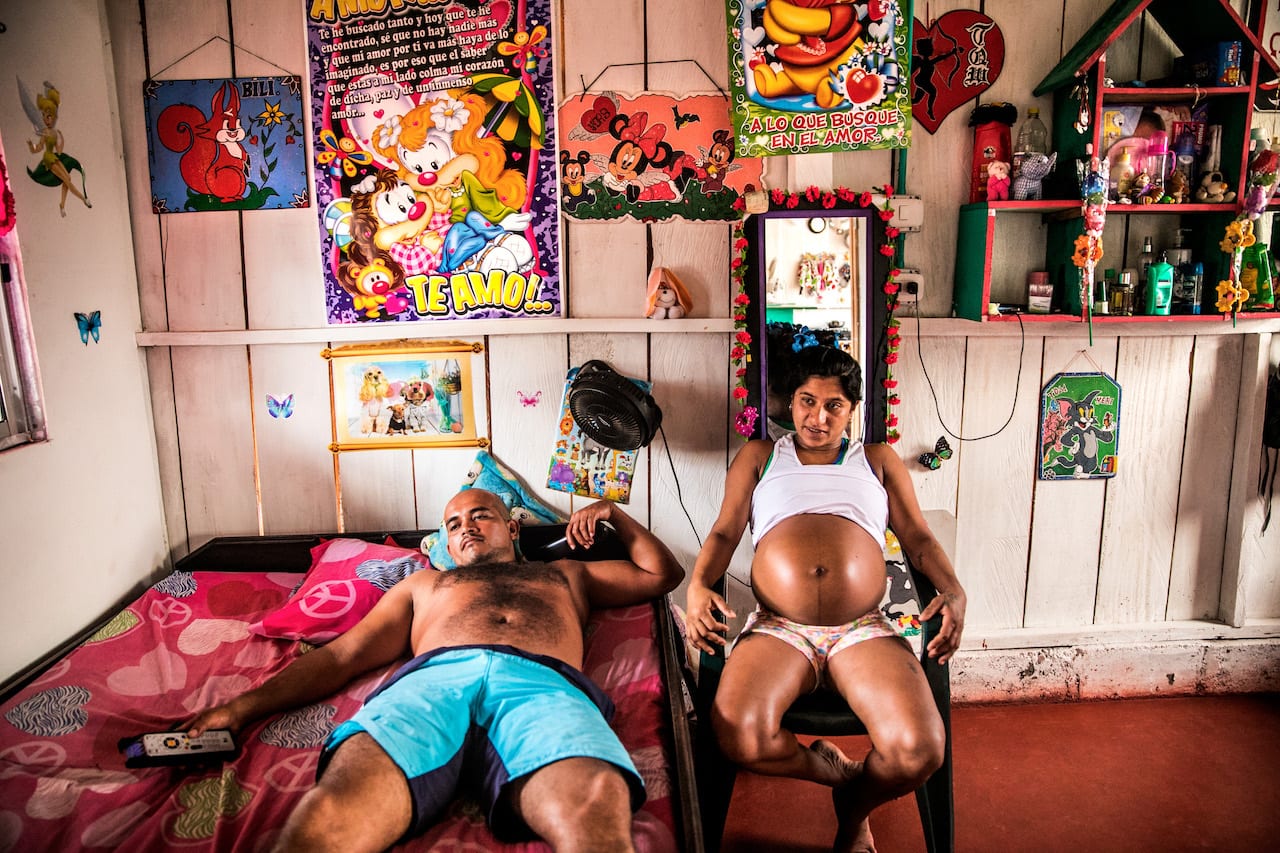
In Catalina Martin-Chico’s World Press Photo of the Year-nominated image, former guerilla fighter Yolanda is photographed with her husband Michael in their home in the Colombian jungle. It is their sixth pregnancy, but for the first time, Yolanda will be delivering a baby.
Until three years ago, when a peace deal was signed with the Colombian government, Yolanda was a member of the country’s largest rebel group, the Revolutionary Armed Forces of Colombia (Farc). Pregnancy was forbidden, so many female members underwent abortions. Yolanda has had five abortions – her last pregnancy terminated at six months. “She feels that now, she deserves this baby,” says Martin-Chico.
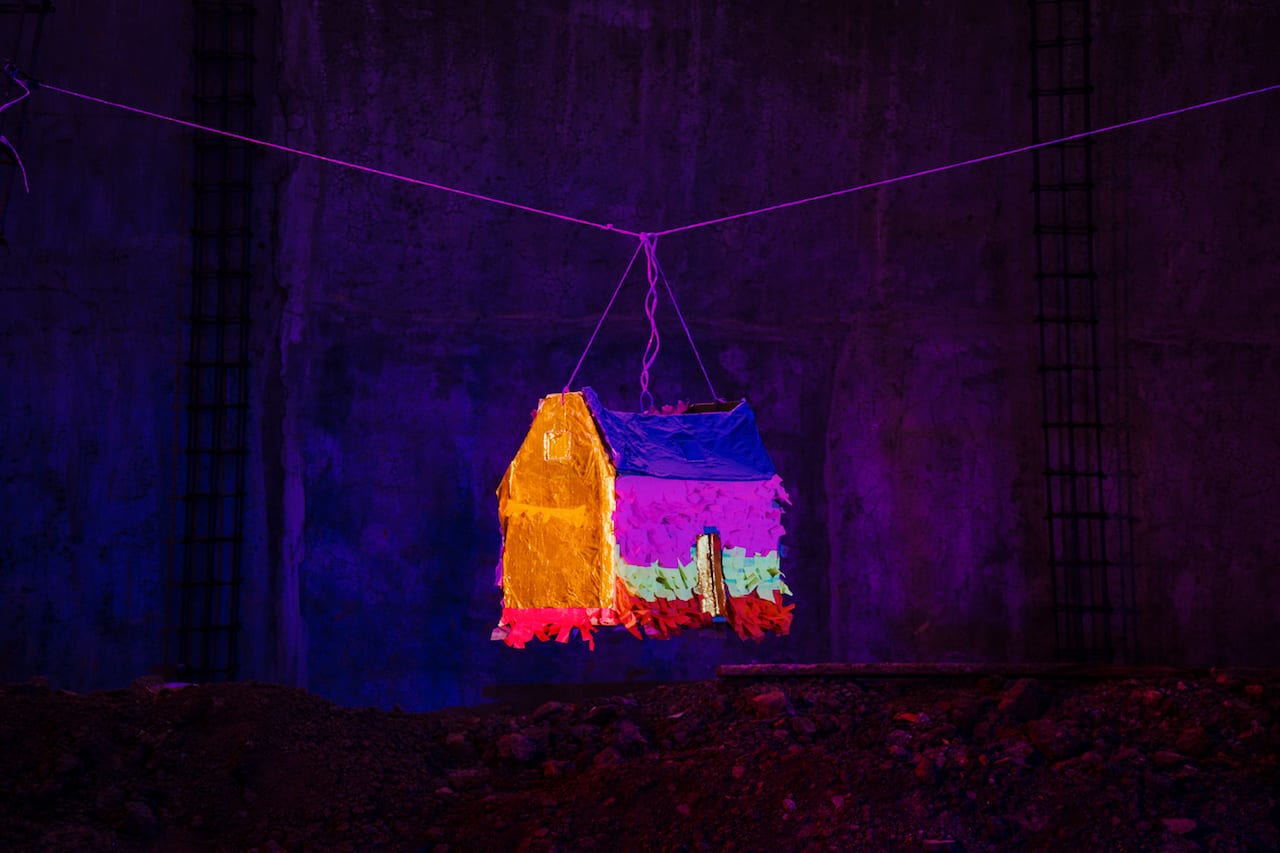
On 7 September 2017, just before midnight, a magnitude 8.1 earthquake hit Mexico’s southern coast, the second strongest earthquake in the country’s history. It was felt by 50 million people across Mexico and, in the heavily affected states of Oaxaca and Chiapas, killed dozens of people and left over 100,000 homes damaged.
When the earthquake hit, Andres Millan was living in his hometown in Bogota, Colombia, preparing for a four-month residency that would start in November at Casa El Ocote, a gallery and cultural centre in Oaxaca. At quarter to midnight, alerts started to pop up on Millan’s mobile phone. When he switched on the news, the first image he saw was of the Mexican flag at the Municipal Palace in Oaxaca, lit up by lights coming from police cars.
My home is my castle references these first images that Millan saw from Colombia when the earthquake hit. “I wanted to recreate the light from the police car, so the photos are made with two flashes, one with a red filter and another with a blue one. The mixture of colours made the images acquire that pink colour,” he explains.